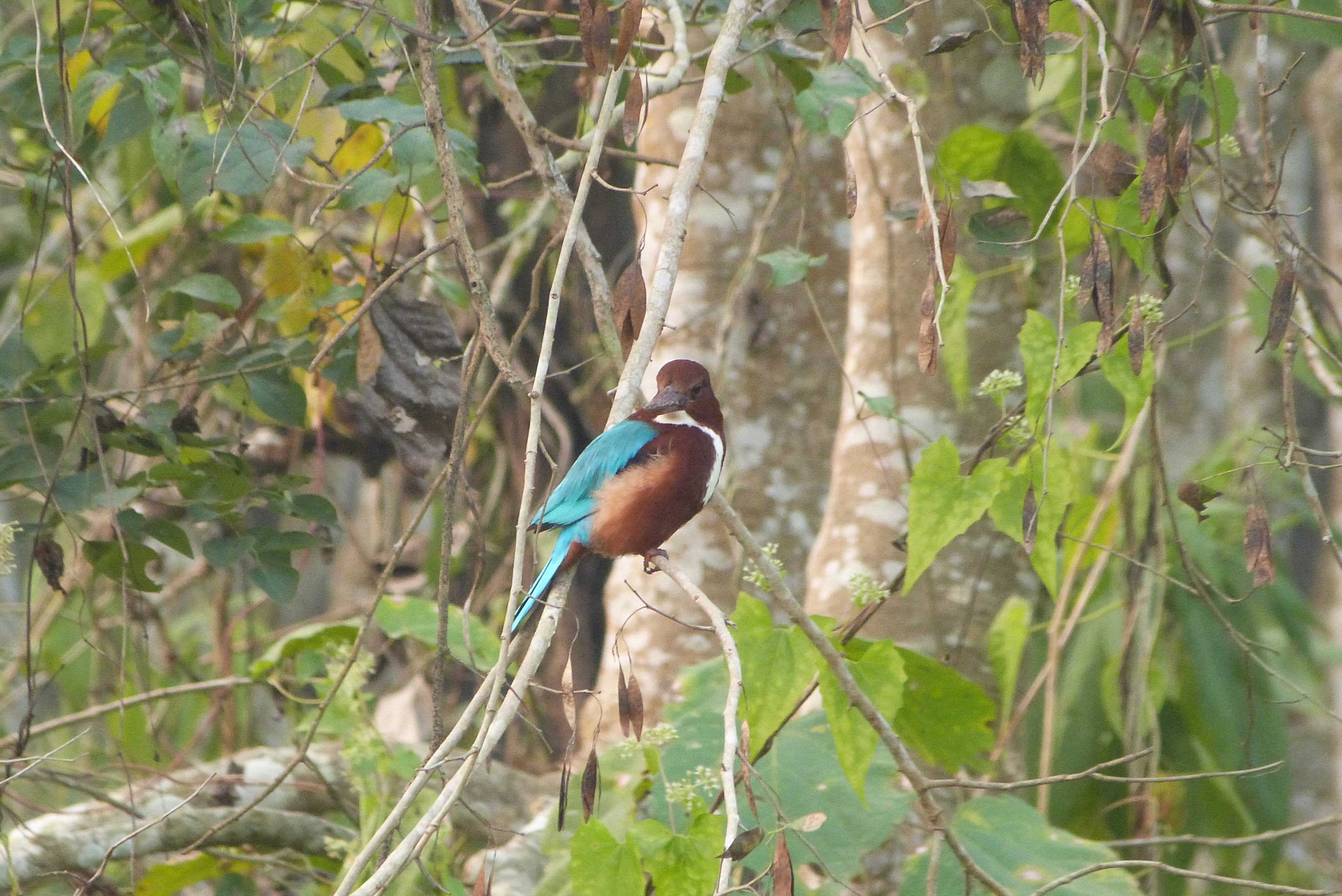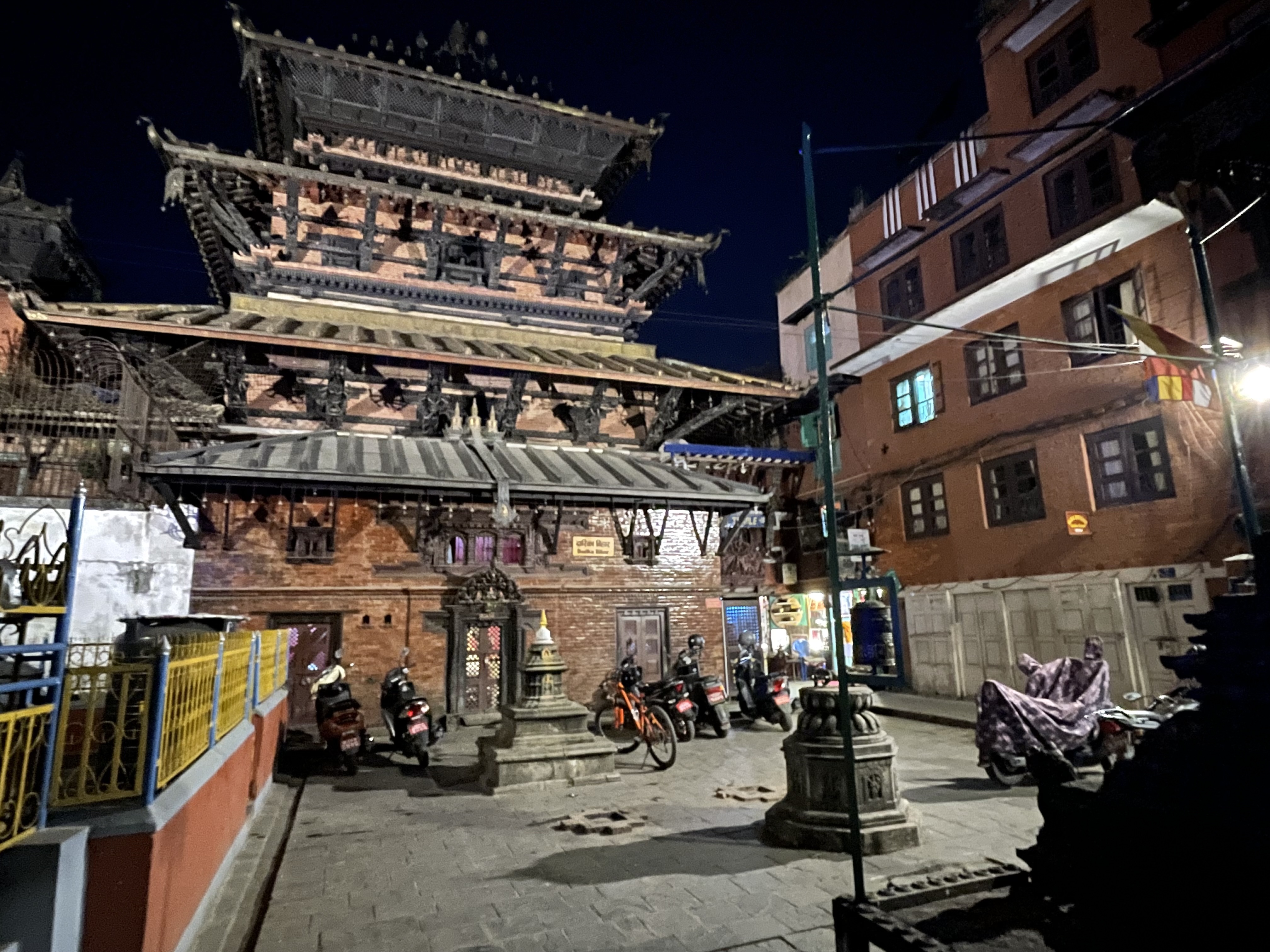My first week and a half was filled with ups and downs and some serious uncertainty. I went to the lab that I was collaborating with and the first thing they said was they weren’t sure we would even be able to go to Lo Manthang. There was too much of a risk of snow and getting stuck there. Then they had a conversation amongst themselves in Nepali and decided that yes, it would be ok. So, suddenly we were back on. Then we began to discuss the permits. There were around 4 different permits that I needed in order to do the work I hoped to do in this region. This is a restricted area and there are several approvals needed to get there.
I put it into the hands of my collaborators, while I tried to figure out how I was going to get money out of my account to pay for this. Each day I went to the lab, we talked about the plans, the budget, what the timeline would look like, and our field days got shorter and later in my time there.
In the end, I ended up wiring most of the grant funding to the lab so they could take care of all the logistics for the field work and cover the cost of doing the testing in their lab. My bank denied it and then locked me out of my account. I then spent a couple days trying to unlock my account and resend the wire. It all worked out, in the end, though I would be lying if I didn’t say that I wondered at times if I was doing the right thing. Putting my trust in good people. I was. But you know those little voices they can be brutal sometimes.
While I waited for my permits to come through, I went along with some of the lab group to their meeting in Chitwan National Park. While they had their One Health meeting, I went on safari. The meeting was help in Nepalese, so there was no point in me attending because I wouldn’t understand it, and this gave me an opportunity to see an incredible national park and some of the wildlife in this country. After a quick two nights in Chitwan we returned to Kathmandu, and I explored the city.


Finally, a solid plan began to take shape. The permits were coming in and we would leave on December 11 for Lo Manthang, 10 days after my arrival. I didn’t expect this, but I have discovered that sometimes you don’t know exactly how things will work out until you are actually in the country planning to do the work. You can plan all you want from afar, but the real work starts when you get in the country.
The plan was we would leave Kathmandu, drive to Pokhara and spend the night, then to Jonsum for an acclimation night, before reaching our final destination in Lo Manthang. Then we would spend the first day collecting data and samples from the domestic animals and three days trying to get snow leopard samples. I was told this will be very challenging based on time of the year and location. We would collect what we could while I was here and if we were unable to reach our targets, as was very likely, we would plan to send someone back out into the field that was trained in sample collection in March and April to get the remainder of the samples. This would likely also include other areas in the Upper Mustang, because, as it turns out (and which I was not previously informed), there is only a few known snow leopards around Lo Manthang. This is how research goes. It is hard to predict the weather, the terrain, the study until you are in it, and you need to be ready to pivot a bit and take advantage of things while you can.
So, we had a plan and a backup plan and all the permits to move to Lo Manthang. I was elated.